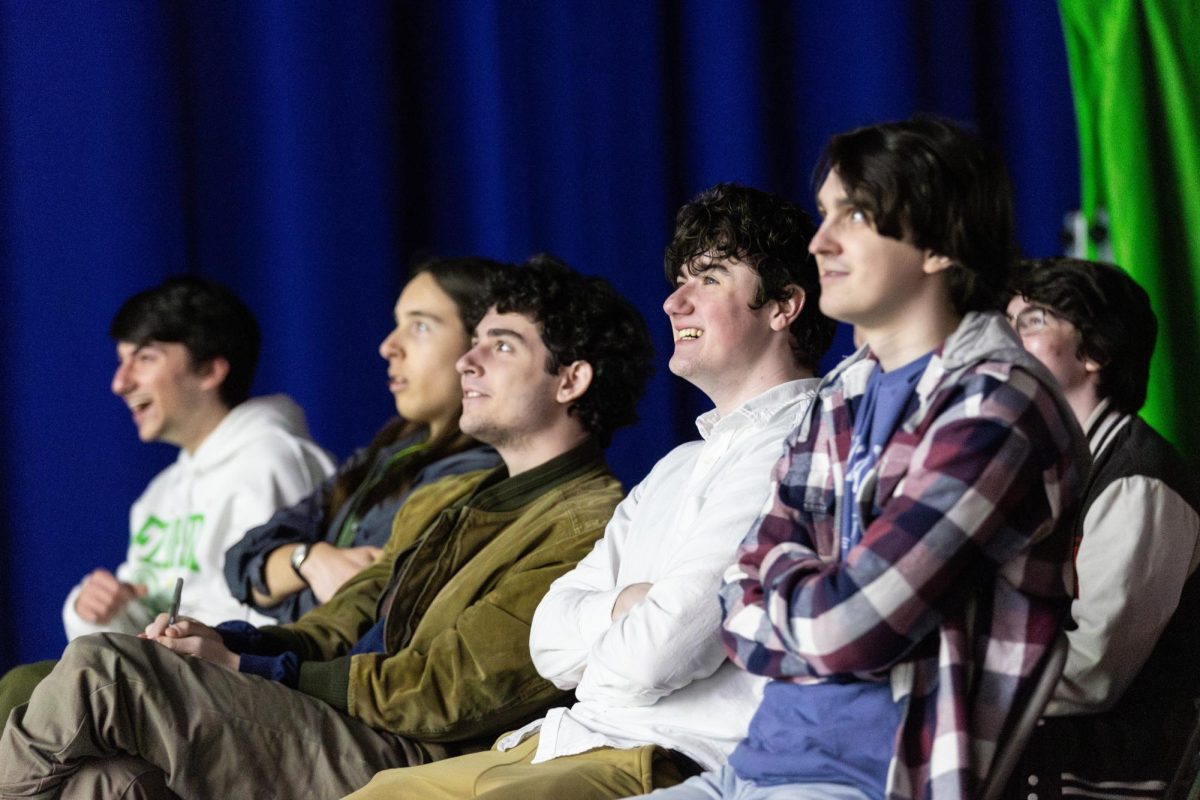By Elizabeth Merino, Special to the Chronicle
The Lorax, directed by Chris Renaud and Kyle Balda is more than just a simple Dr. Seuss kid’s movie. Though filled with vibrant colors and crazy characters, it challenges its viewers to question their own roles in the environment, their awareness of what’s around them.
The movie centers largely on Ted (Zac Efron) a boy living in Thneedville. Thneedville is a town created on the foundations of synthetic and plastic everything. Real trees are non-existent, instead replaced by hybrid trees that can be updated each year in keeping up with what’s popular. With a lack of real trees, clean air becomes not a necessity but a monopolized business. “O’Hare Air” run by Mr. O’Hare (Rob Riggle) sells bottled air to the citizens of Thneedville who, knowing of nothing else, buy it with open arms. Ted, head over heels for his neighbor Audrey (Taylor Swift), wants nothing more than to grant her greatest wish, owning a real life tree. Under little persuasion, Ted’s Grammy Norrie (Betty White, making a comeback yet again) tells him about the Once-ler, a recluse living on the outskirts of town who knows all about trees. Out of his love for Audrey and child like curiosity Ted leaves the safety of Thneedville to find the Once-ler and the trees. In doing so he unleashes the story of the Once-ler who fueled by greed destroyed all the Truffula trees for his invention “The Thneed”. The Once-ler at first dismisses Ted but soon has high hopes for him, revealing his role in the disappearance of the trees over a series of nights. He tells Ted about the Lorax (Danny Devito) guardian of the forest and voice of the trees. By the end of the film Ted, in possession of the last Truffula tree seed races against time and O’Hare Air to plant the seed of change in Thneed.
The imagery of the movie is one of its best features. The animation is bright and vivid, enrapturing the attention of the viewers with ease. The Truffula trees, designed with kids in mind, are popping with different colors and appearing wispy soft. The animals of the Truffula trees are ridiculously adorable including brown baby teddy bears (like the one in the Snuggle detergent commercials) and singing fish. The Lorax stole the show symbolizing the conscience in us all, severely juxtaposed to the Once-ler, who though not entirely bad, is misguided by the promise of success. The turning point in the movie appears when the Once-ler breaks his promise to the Lorax and cuts down the last Truffula tree. This scene accompanied by the song “How Bad Can I Be” questions how bad some things can get if no one tries to stop them. As his factory grows bigger and bigger in effect so does he, green with greed he chooses not to acknowledge the effect of his destruction until the last tree is chopped and the Lorax comes back. No angry words or sad pleas come from the Lorax or the animals as they are forced to leave the barren forest they once called home. This scene defines the problems of environmental destruction and how unlike in the movie there is no real Lorax, no true voice of the trees. In an age of globalization, urbanization, and any other “i-zation” you can think of the environment takes the brunt of the pollution and destruction. The Lorax forces us to face the harsh reality of these matters through a simple kids movie in the form of a short fat orange cartoon character. Though change seems hard the Lorax does leave us with hope that despite the damage we have caused, we can still make a change, “Unless someone like you cares a whole awful lot, nothing’s going to get better. It’s not”.

